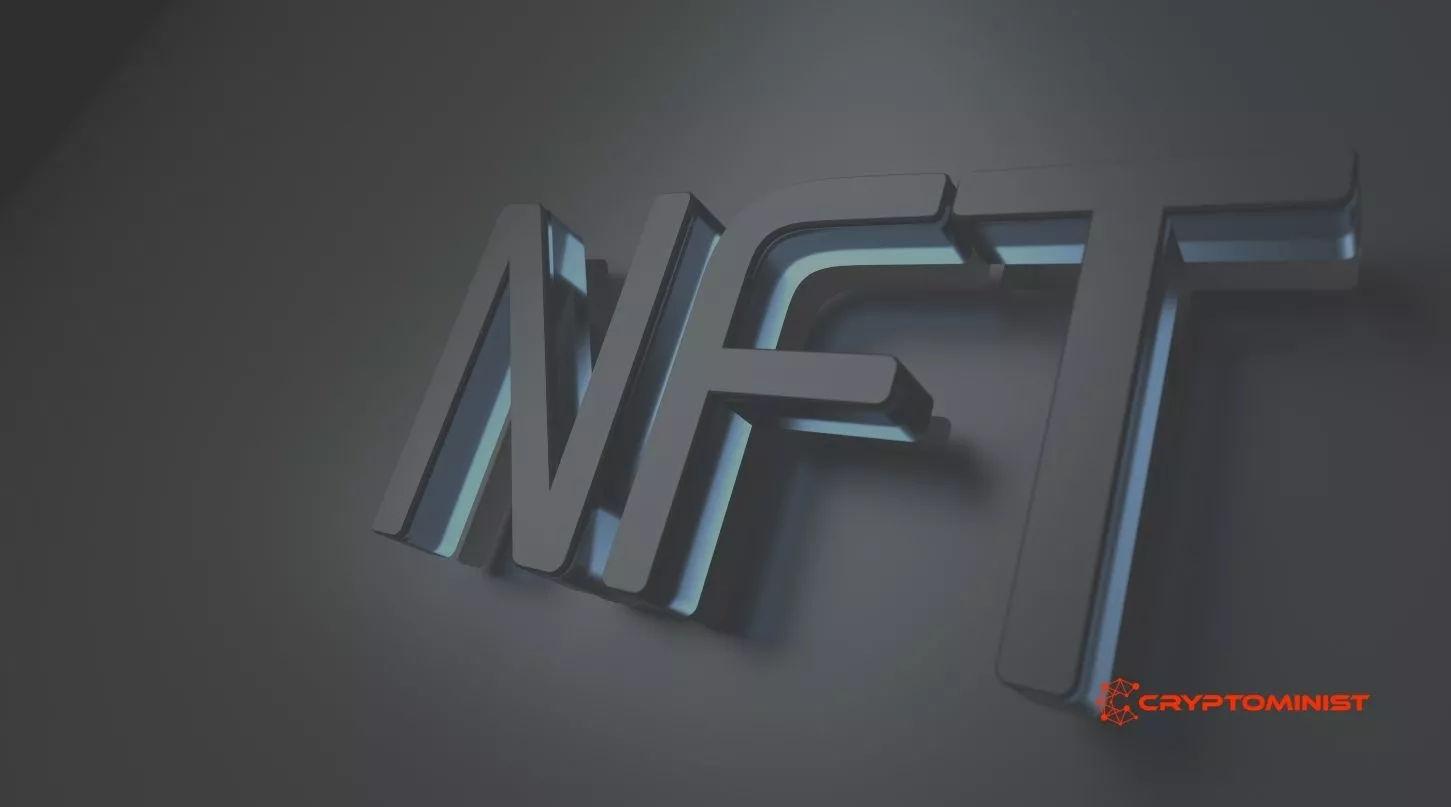In the ever-evolving landscape of cryptocurrency and blockchain technology, Non-Fungible Tokens (NFTs) have emerged as a groundbreaking and transformative concept. NFTs represent unique digital assets that have captured the imagination of artists, collectors, gamers, and investors.
In this comprehensive guide, we will delve into what NFTs are, how they work, their use cases, and their impact on various industries.
What Are Non-Fungible Tokens (NFTs)?

Non-Fungible Tokens (NFTs) are a type of digital or cryptographic token that represents ownership or proof of authenticity of a unique item, piece of content, or digital asset. Unlike cryptocurrencies such as Bitcoin or Ethereum, which are fungible and interchangeable on a one-to-one basis, NFTs are non-fungible, meaning each token is distinct and cannot be exchanged on a like-for-like basis.
Key characteristics of NFTs include:
- Uniqueness: Each NFT is entirely unique and distinguishable from all others. They are often used to represent ownership of digital assets that have inherent value or rarity, such as digital art, collectibles, music, virtual real estate, in-game items, and more.
- Indivisibility: NFTs are not divisible into smaller units. They exist as whole tokens, and you cannot own a fraction of an NFT.
- Proof of Ownership: Owning an NFT provides verifiable proof of ownership and authenticity for the digital asset it represents. The ownership information is recorded on a blockchain, ensuring transparency and security.
- Interoperability: NFTs can be created, bought, sold, and traded across various platforms and marketplaces. This interoperability enhances their utility and liquidity.
- Smart Contracts: NFTs are often associated with smart contracts, which can automate processes like royalties to creators. This ensures that artists and content creators receive compensation when their NFTs are resold in secondary markets.
How Do NFTs Work?
NFTs are created, bought, and sold on blockchain networks, with Ethereum being the most popular platform for NFT development. Here’s a simplified breakdown of how NFTs work:

- Creation: An NFT is created by minting it on a blockchain. This process involves turning a digital file or asset into a unique token. The creator, often an artist or content producer, specifies the details of the NFT, including its name, description, and the number of copies (if limited).
- Blockchain Registration: The NFT is registered on the blockchain, which ensures the item’s provenance, ownership, and uniqueness.
- Ownership Transfer: NFTs can be bought and sold on various online marketplaces and platforms. When someone purchases an NFT, ownership is transferred from the seller to the buyer. This transaction is recorded on the blockchain.
- Decentralization and Security: Blockchain technology ensures that NFT ownership is secure and cannot be altered or duplicated. The ownership record is transparent and publicly accessible.
- Smart Contracts: Many NFTs are associated with smart contracts that dictate how ownership and royalties work. For instance, when an NFT is resold, a predetermined percentage of the sale goes to the original creator.
Use Cases of NFTs
NFTs have found applications in a wide range of industries, revolutionizing the way digital assets are bought, sold, and owned. Here are some prominent use cases:
- Digital Art: NFTs have unlocked new possibilities for digital artists. They can sell their artwork as NFTs, providing proof of ownership and authenticity. Notable examples include Beeple’s $69 million sale of “Everydays: The First 5000 Days.”
- Collectibles: NFTs are used to create digital collectibles, similar to physical trading cards or stamps. CryptoKitties, one of the earliest NFT projects, allows users to collect, breed, and trade unique virtual cats.
- Music: Musicians can release their music as NFTs, providing fans with exclusive ownership rights and unique content. Kings of Leon, an American rock band, became one of the first to release an album as an NFT.
- Gaming: NFTs are integrated into video games, allowing players to own in-game assets. These assets can be traded or sold in secondary markets. Axie Infinity is a popular example of an NFT-based game.
- Virtual Real Estate: In virtual worlds like Decentraland and The Sandbox, users can buy, sell, and develop virtual real estate as NFTs. These digital lands have real-world value.
- Sports and Collectibles: NFTs are used to tokenize sports memorabilia and collectibles. NBA Top Shot, an NFT-based platform, allows users to buy and trade officially licensed NBA collectible highlights.
The Impact of NFTs
NFTs have disrupted various industries and created new opportunities for artists, creators, and investors. Some of the significant impacts of NFTs include:
- Empowering Creators: NFTs enable creators to retain ownership and control over their digital assets. They receive royalties from secondary sales, providing a sustainable income source.
- Ownership and Provenance: NFTs establish a clear chain of ownership and provenance for digital assets, reducing the risk of piracy and fraud.
- New Revenue Streams: NFTs have introduced new revenue streams for artists, musicians, and content creators. They can sell their work directly to their audience without intermediaries.
- Digital Ownership: NFTs have made the concept of digital ownership more tangible. Users can truly own unique digital items, bridging the gap between the physical and digital worlds.
- Innovation in Gaming: The gaming industry has seen innovation through NFTs, as players have true ownership of in-game assets. Gamers can trade, sell, or use these assets across different games.
- Collectibles and Memorabilia: NFTs have revitalized the collectibles market, bringing it into the digital age. Users can collect and trade digital memorabilia with real value.
Conclusion
Non-Fungible Tokens have brought about a paradigm shift in how we perceive and interact with digital assets. They offer creators and users a new level of ownership, authenticity, and value in the digital realm. As NFT technology continues to evolve, its impact on the global economy and culture will likely expand, unlocking innovative possibilities for artists and digital enthusiasts worldwide.
If you like reading the above article, you may also like reading:
WHAT IS P2P CRYPTOCURRENCY TRADING?







